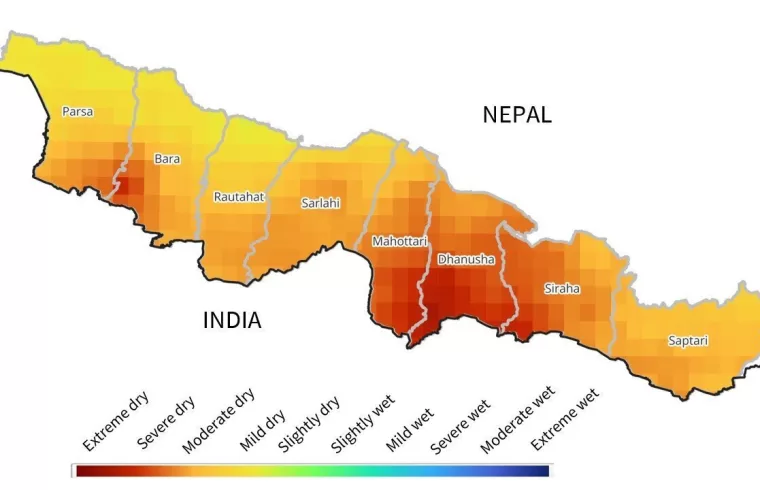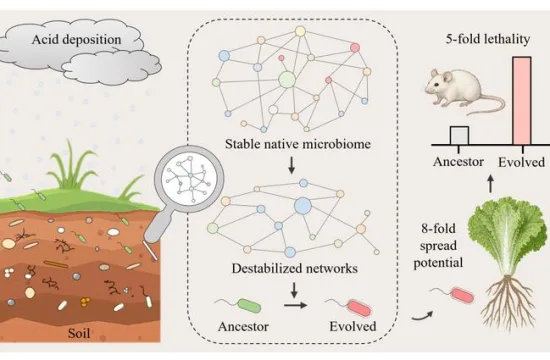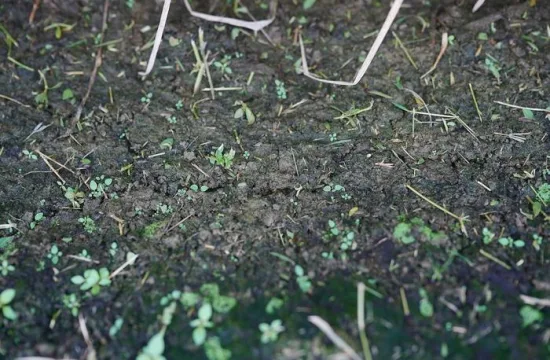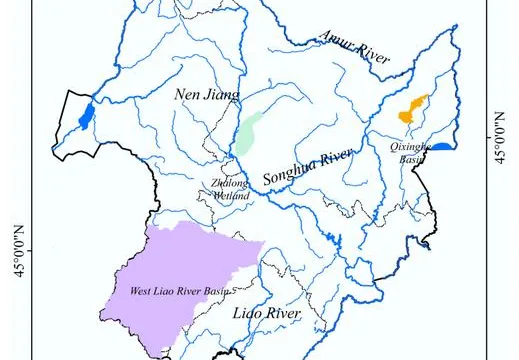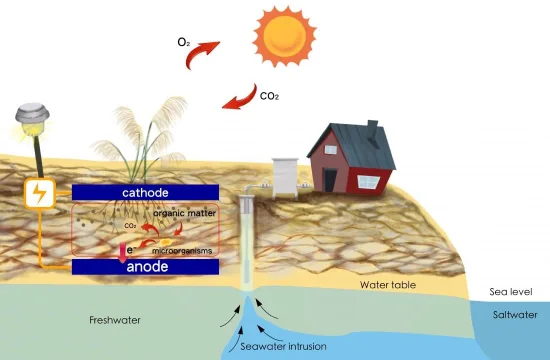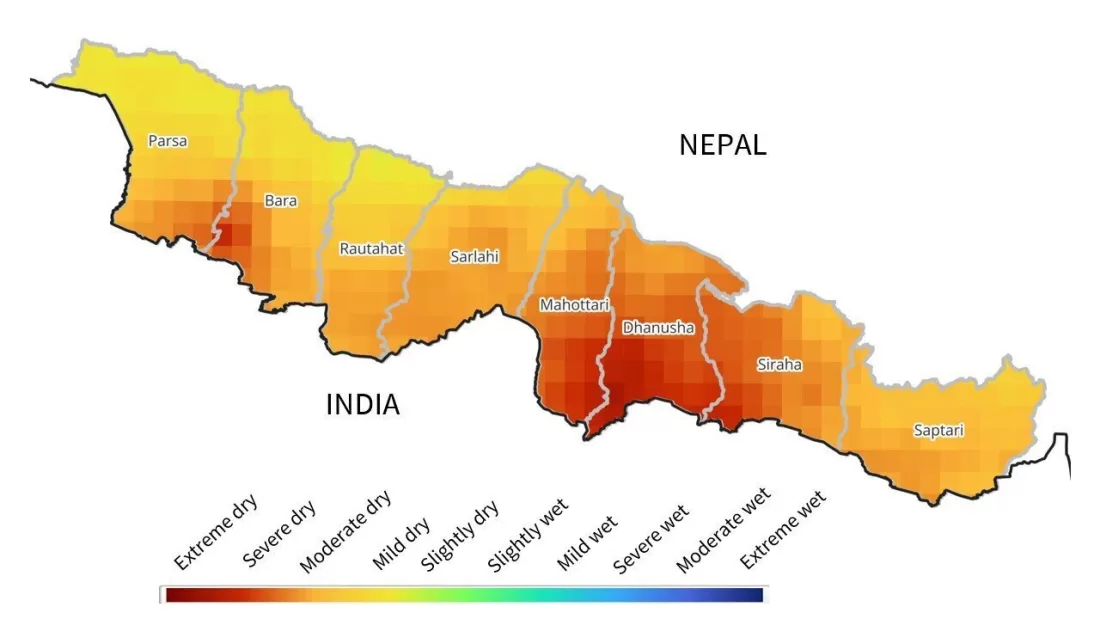
Kathmandu, 22 August 2025— A new report released by the International Centre for Integrated Mountain Development (ICIMOD) has identified erratic rainfall patterns and declining groundwater levels as key drivers behind the ongoing drought in Nepal’s Madhesh Province.
The findings come weeks after the government officially declared the province “drought-stricken” in early July.
The drought has severely impacted rice cultivation across the southeastern Terai region, threatening food security and livelihoods. A joint mapping effort by ICIMOD and the Ministry of Agriculture and Livestock Development (MoALD) across 21 Terai districts revealed that Dhanusha, Mahottari, and Siraha are among the worst affected.
“The rice shortfall isn’t just a seasonal concern—it poses long-term risks to nutrition and affordability for vulnerable households,” said Chet Bahadur Roka, Senior Statistics Officer and Head of Agriculture at MoALD. He emphasized the need for crop diversification and early-warning systems to help farmers adapt to changing climate conditions.
According to MoALD, paddy transplantation rates in July dropped to 51.82%, a steep decline from 92% recorded during the same period last year. Officials estimate a shortfall of nearly 450,000 metric tons of rice, which could result in a 10% reduction in Nepal’s national rice supply.
Groundwater Crisis Traced to Chure Hills
The province’s water shortage has also been linked to depleted groundwater reserves, with experts pointing to environmental degradation in the Chure hills as a root cause.
“A degraded Chure region leads to cascading risks downstream,” said Saswata Sanyal, Disaster Risk Reduction Lead at ICIMOD. “Reviving nature-based solutions like springs, wells, and ponds is essential to mitigate these impacts.”
The drought’s effects have been exacerbated by gaps in water infrastructure, including irrigation networks, canals, and household water sources such as hand pumps.
Neera Shrestha Pradhan, ICIMOD’s Cryosphere and Water Lead, noted that the crisis disproportionately affects women, children, and socially marginalized groups.
“We’re working with municipalities in the Lower Koshi region to integrate gender and social inclusion into local disaster planning,” she added.
Following the drought declaration, the government allocated NPR 17 crore (approximately USD 1.2 million) for small-scale irrigation systems, including shallow tubewells that use suction pumps to extract groundwater.
Satellite Data Informs Early-Warning System
The ICIMOD study utilized satellite imagery from Sentinel-2 and MODIS to assess vegetation conditions. The data has been incorporated into Nepal’s national drought monitoring portal, which provides early-warning advisories to support timely interventions.
While short-term measures such as shifting to less water-intensive crops are recommended, experts stress the need for long-term planning. This includes adopting a watershed approach that considers the interconnectedness of land, water, and resource management. Sustainable mining practices in the Chure hills are also highlighted as a priority.
“Investing in watershed management is critical for long-term water security and reducing cascading hazards,” the report concludes.

